Ise Grand Shrine is Japan’s most sacred Shinto Shrine. Second or tied in importance to Izumo Taisha, the oldest shrine in Japan. One of Japan’s three sacred Imperial Regalias is kept here.
Explore the sacred grounds of this shrine, take in the breathtaking scenery, and discover the ancient history.
Table of Contents
All About Ise Grand Shrine
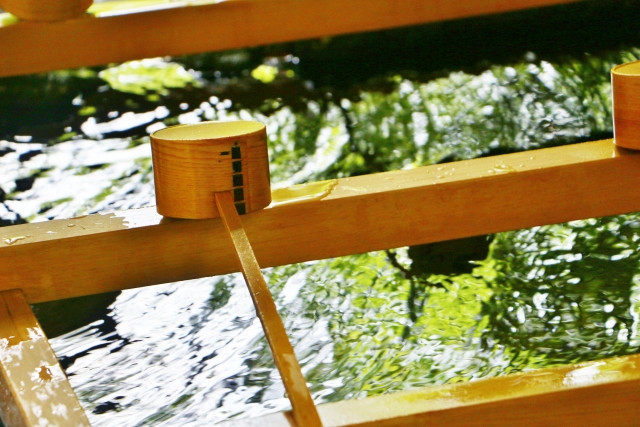
Situated in Ise City of Mie Prefecture is Ise Grand Shrine 伊勢神宮 (Ise Jingu), Japan’s most sacred shrine. It is a shrine complex composed of 125 Shinto shrines including the main sanctuaries of Kotai Jingu 皇大神宮 and Toyoke Daijingu 豊受大神宮, the former is also known as Naiku 内宮 (inner shrine) and the latter, Geku 外宮 (outer shrine). The shrine receives millions of visitors every year.
Ancient History
Ise Jingu was built such a long time ago that determining when exactly it was constructed is nigh impossible. There are different dates recorded as to when it was first constructed with the earliest documented construction of Naiku in 4 BC. Other written records include the Nihon Shoki 日本書紀 that described a legend 2,000 years ago when Yamatohime-no-Mikoto established Naiku in granting Amaterasu’s request to dwell in Ise.
Though Ise Jingu is extremely old, many still believe that Izumo Taisha predates it.
For more about Izumo Taisha, check our Izumo article:
Izumo, The Land Where Gods Reside and Myth Meets Reality
※ Ise Jingu, "About Ise Jingu" ※ Encyclopædia Britannica, Inc., "Ise Shrine"
National and Religious Significance
The Ise Grand Shrine is dedicated to the Goddesses Amaterasu and Toyokebime. Sun Goddess Amaterasu was previously worshipped by the Imperial Family. However, during the 11th Emperor’s reign, Amaterasu’s symbol and treasure Sacred Mirror was to be moved elsewhere. Yamatohime-no-mikoto who was tasked with this responsibility sought far and wide for a suitable place until a divine message from Amaterasu enlightened her that Ise would be the place the Goddess would dwell.
Whilst Amaterasu acts as the divine protector of Japan, Toyokebime is the Goddess of harvest and agriculture - she provides blessings of daily necessities like food, clothing and shelter. Toyokebime was said to have been summoned by Amaterasu to be her attendant 1,500 years after Ise was chosen as the sacred place.
※ Encyclopædia Britannica, Inc., "Ise Shrine" ※ Ise Jingu, "Kotaijingu (Naiku)" "Soul of Japan" p.36-40
Writer's Pick
Exploring Ise Shrine’s Grounds
Now that you know the background of Ise Shrine, it’s time to explore the sacred shrine’s complex.
Main Sanctuaries
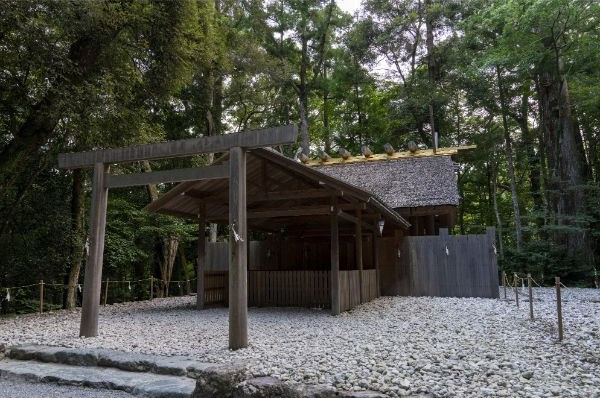
Naiku 内宮, formally known as Kotai Jingu 皇大神宮, is the inner shrine sanctuary. The sun deity Amaterasu-Omikami is enshrined here. This Hinoki (cypress) wood structure is built in an architectural style modeled and derived from “Yuuitsu Shinmei-Zukuri”, the oldest architecture style in Japan. The divine palace, Shogu 正宮, houses the Sacred Mirror, Amaterasu’s symbol and one of the Imperial Regalias.
Geku 外宮, formally known as Toyoke Daijingu 豊受大神宮, is the outer shrine sanctuary. Amaterasu’s attendant, harvest deity Toyokebime is enshrined here. Its design is modeled after Naiku and built in 478 AC. It is smaller in comparison to the Naiku. The divine palace, Shogu, is almost identical to the Naiku’s except for the Mikeden hall.
※ Ise Jingu, "Imperial Grand Shrine (Naiku)" "Toyo’ukedaijingu (Geku)" ※ World History Encyclopedia, "Ise Grand Shrine"
Isuzugawa River
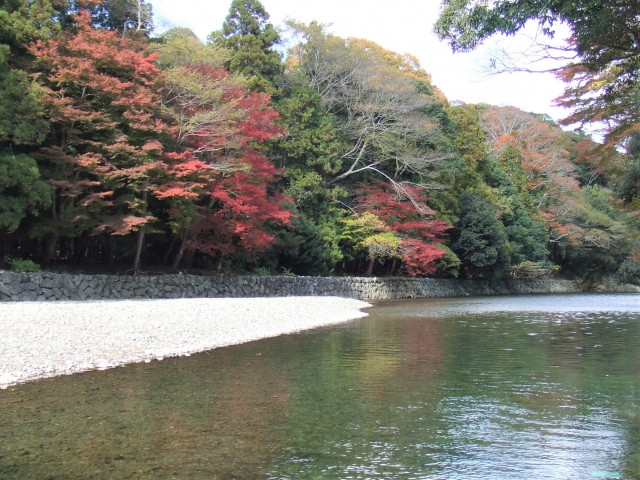
Isuzugawa 五十鈴川, also called Mimususogawa, is a river that flows on the west and side of the temple complex. A small branch stream from Isuzugawa flows through the shrine across the Naiku and leads to the shrine pond. The river banks of the river are a nice place to relax and bask in the serene atmosphere around the place. There is a purification site too for visitors to cleanse themselves with the sacred waters. Autumn is a great time to visit as the red and yellow leaves bring vibrance to the area.
Ujibashi Bridge
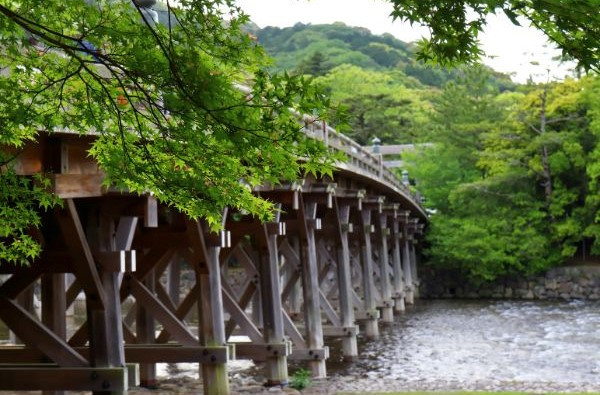
Built over Isuzugawa, Ujibashi Bridge 宇治橋 is the entryway to the shrine and is said to be the barrier between the sacred and the mundane world. It is 102 meters long and 8.2 meters wide with a traditional Japanese design. The Ujibashi Bridge partakes in the special ritual, Shikinen Sengu, that requires it to be rebuilt every 20 years.
※ Ise Jingu, "About Ise Jingu" ※ World History Encyclopedia, "Ise Grand Shrine"
Kagura Hall
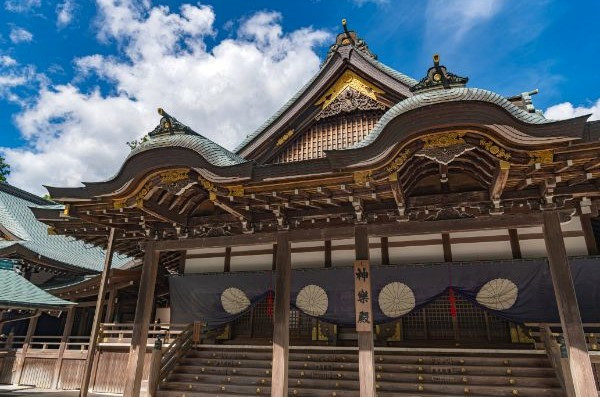
The Kagura Hall 神楽殿, located within the Naiku, is dedicated to Kagura, a sacred Shinto ceremonial dance offered to the Gods. For those who earnestly wish for their prayers to be heard, they can offer up Kagura to the Gods.
※ Ise Jingu, "About Ise Jingu"
Access and Useful Information
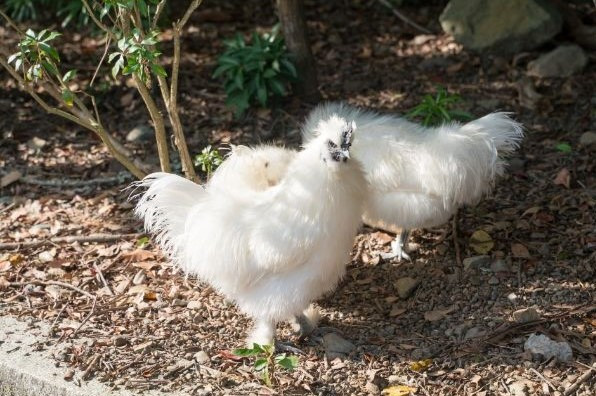
Access to Ise Grand Shrine
Many people visit Ise as a side trip from Nagoya. From Nagoya Station, take the Kintetsu Limited Express to Ujiyamada Station (1.5 hours, 2,810 yen). From Ujiyamada Eki-mae Bus Stop, take the local bus to Naikue-mae Bus Stop, then walk for 12 minutes.
For those coming from Osaka, take the Kintetsu Limited Express at Tsuruhashi Station to Ujiyamada Station. Thereafter, follow the same directions as above.
For detailed information, check the link below.
※ Ise Jingu, “Access”
Useful Information
Opening Hours
Opens at 5 am every day.
Closes at 6 pm (Jan to April, Sept), 7 pm (May to Aug), 5 pm (Oct to Dec)
※ Ise Jingu, "Visit"
Takeaway

Ise Shrine is a magnificent place to experience the culture, religion, and historical heritage of Japan. Aside from the brilliant shrine complex, take the opportunity to explore the rest of Ise City too. Leading to the shrine is Oharaimachi, a traditional shopping street with lots of homey restaurants, teahouses, and snack shops. We recommend getting some tofu and shoyu ice cream.




















.jpg)












